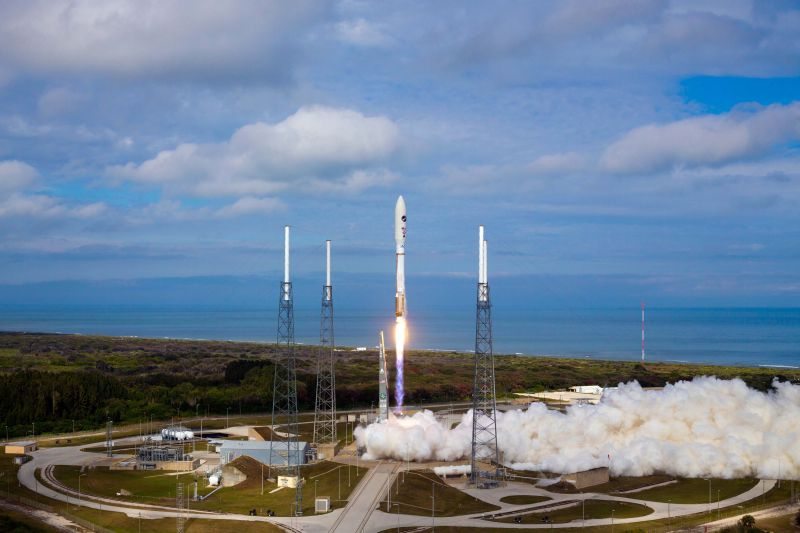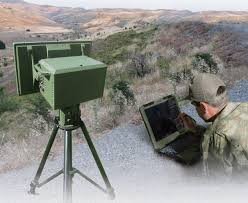The new year promises a great deal of space launch activity by many of the world’s spacefaring nations. The year just passed also saw many important events and activities for the space transportation community. Let’s take a brief look at 2014. NASA continued the development of its new Space Launch System (SLS) with a Critical Design Review (CDR) of this heavy-lift vehicle intended to carry human crews beyond low Earth orbit (LEO). The development program is estimated to cost $7 billion, with a first flight schedule for 2018.
Boeing is developing the SLS core stage, including the avionics. This stage is over 200 feet in length and has a diameter of 27.6 feet. Core stage propellants are liquid hydrogen (LH2) and liquid oxygen (LOX) and are used in the RS-25 engines made by Aerojet Rocketdyne. These rockets are being adapted from an inventory of shuttle-heritage engines for use on the first four SLS launches.
About three months ago NASA awarded two contracts for its Commercial Crew Program. This will allow Boeing and SpaceX each to develop an astronaut delivery system to and from the International Space Station (ISS). Boeing’s approach uses the CST-100 capsule to be launched on an Atlas V vehicle, and SpaceX plans to use its Dragon v2 capsule on its own Falcon 9 launch system.
Orbital Sciences’ Antares launch vehicle carried two Cygnus cargo spacecraft to the ISS. Unfortunately, a third launch in October failed. Orbital is now in the process of replacing the first stage engines with slightly larger engines. Recent news reports indicate that the Russian RD-181 is the likely successor to the AJ-26 engines.
SpaceX’s Falcon 9 was quite active in 2014. It executed three ISS cargo missions and four commercial satellite launches. In addition, the company is developing the ability to recover Falcon 9 first stages. The Falcon 9 has yet to be certified for official government launches, but is approaching that milestone. Once certified, the Falcon 9 will offer a third option to Atlas V and Delta IV for national security launches.
United Launch Alliance (ULA) had a busy year. Reports indicate that Atlas V had nine launches while Delta IV had four launches. One Delta II was also launched. At last report the geopolitical turmoil between Russia and the U.S. has resulted in a great deal of pressure to replace the RD-180 first-stage engines on the Atlas V with a domestic design.
Russia is continuing the construction of a new eastern launch complex at Vostochny, formerly known as Svobodny. When completed in 2018, this complex will reduce Russian dependence on the Baikonur Cosmodrome. In late December, Russia successfully launched a dummy payload into geosynchronous orbit on its new heavy-lift rocket, the Angara-A5. Four Soyuz cargo mission and four ISS crew transfers were carried out in 2014.
The South American launch complex at Kourou, French Guiana saw four Arianespace Soyuz launches, two Vega launches and five Ariane 5 lift-offs. India had three orbital launches and one suborbital test flight of its newest rocket, the GSLV Mk.III in mid-December. This last flight also demonstrated a prototype crew capsule (CARE) for India’s proposed manned space missions.
Learn more about launch vehicle systems design and engineering by having Launchspace present its very popular short course at your facility. See below for details.











